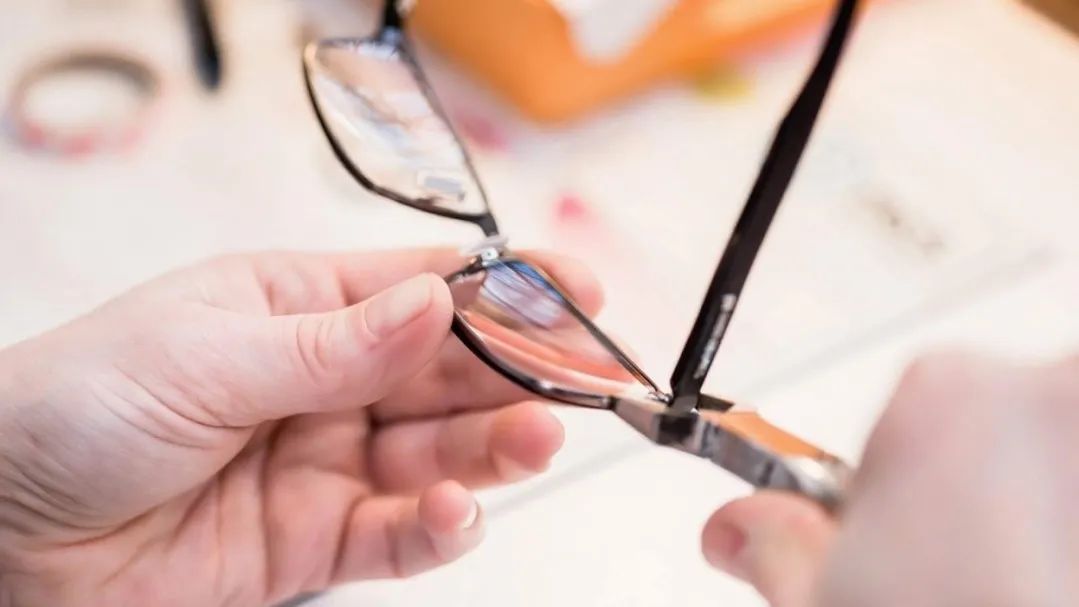
Single-vision lenses have only one optical center on the lens. When processing glasses, this optical center is placed in the corresponding area of your pupil.
In terms of the effect of reducing aberration and visual distortion, the freeform surface is currently the best, but its price is also slightly higher than that of other lenses. When making a choice, it is necessary to select and match based on the degree of eye brightness and astigmatism.以上翻译结果来自有道神经网络翻译(YNMT)· 通用场景
Single-vision lenses are suitable for people with sufficient accommodative power, that is, those who have not yet started presbyopia.
For people who are beginning to experience presbyopia, this type of single-vision lens can only meet the eye usage needs at a fixed distance. Either for a long distance (for driving), a medium distance (for looking at a desktop computer), or a short distance (for reading), it cannot be used simultaneously.
Functional lenses
There are many types of functional lenses, including: soothing lenses, bifocal lenses, progressive multifocal lenses, and lenses for children to slow down the progression of myopia (the mainstream is various types of microstructure lenses), etc.
Take progressive multifocal lenses as an example. This is a type of glasses that can be used throughout by people with presbyopia. For instance, when a teacher is giving a class, they need to communicate with the students in the audience (for looking at the distance), look at the lesson plan (for looking at the distance), and may also need to write on the blackboard (for looking at the distance). Or when there is a departmental meeting where one needs to look at the slides, then the computer, and also pay attention to the expressions of the participants, progressive multifocal glasses play a significant role.
It can be said that a pair of progressive glasses can solve the problem of being able to see clearly at different distances, and there is no difference in appearance from single-vision lenses, keeping our eyes "agor-free". However, the process of refraction, lens selection and processing is not as simple as that of single-vision lenses.
① Accurately measure the distant luminosity
② The near use degree is accurately measured through multiple checks such as age, habitual near use working distance, eye position, accommodation response, and positive and negative relative accommodation. And select the appropriate channel (that is, the length of the transition zone between the far light area and the near light area on the lens) to meet the needs of daily work.
③ Personalized frame adjustment: The frames are calibrated based on each person's nose bridge height, ear height, etc., to ensure comfortable wearing of glasses.
④ The measurement of pupillary distance and pupillary height should separately measure the distance between the distant and near monocular pupils. Measure the height of the pupil of one eye (the height of the pupil in the vertical direction of the frame), and mark it on the selected frame. This is to ensure that when wearing progressive lenses, both the far light zone and the near light zone are in the corresponding area of the pupil, achieving better visual effects and reducing the interference of aberration zones on vision.
⑤ More parameters measurement design For more comfortable progressive lenses also requires the measurement of more parameters: the distance between the lenses (the distance from the apex of the anterior surface of the cornea to the lens), the curvature of the frame, the forward Angle of the frame, the shape and size of the frame, etc. Based on the above parameters, select the appropriate category according to the ratio of head movement to eye movement. This can reduce the influence of the aberration zones on both sides of the lenses, shorten the adaptation period, and make wearing more comfortable.
⑥ Industrial eyewear processing is not merely about grinding the lenses and installing them on the frames. It is subject to strict national standards.
For instance, the degree of the lens itself must comply with national standards. During processing, the astigmatism axis, interpupillary distance, and interpupillary height of the lens should be consistent with the measured values. The lens will be subjected to force when installed on the frame, and the stress on the lens when installed on the frame should not be too large or too small. Processing is the key link to ensure that the glasses fit properly.
